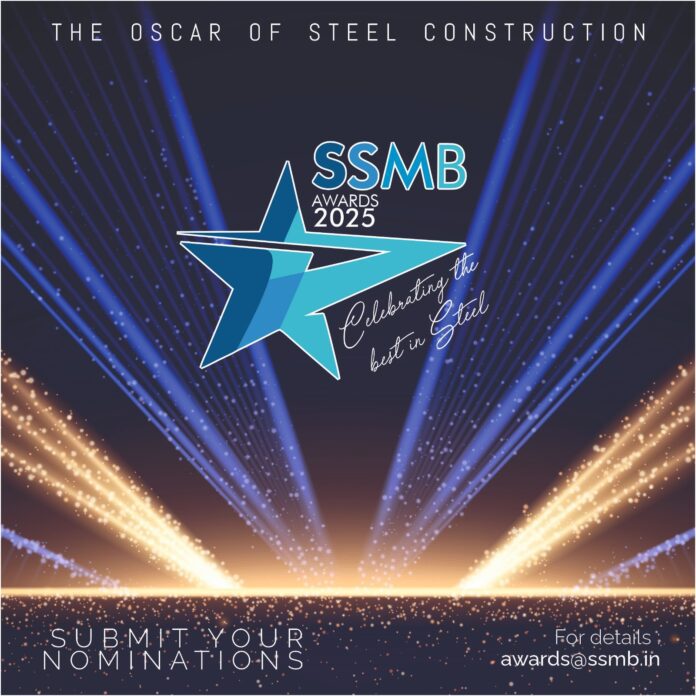When the cityscape meets ambition, bold lines emerge on skylines. In Kochi’s SmartCity, two towers rise 152 m into Kerala’s monsoon kissed sky, symbolising not just concrete and steel, but a leap in how the region builds, moves, works. The Lulu IT Twin Towers are more than landmarks; they are the new benchmark for high rise IT projects in South India.
Story Behind the Project
The origin of Lulu’s twin towers goes back several years. The idea is rooted in the growth of Kerala’s IT sector, the demand for world class office infrastructure, and aspirational planning in the SmartCity (Kakkanad) zone. Sands Infinit, also by the Lulu / SmartCity consortium, had already set the tone: twin IT towers, 152m height, developed with green credentials.
But the Lulu IT Twin Towers take it further. Announced and developed over the last half decade, costing at around ₹1,500 crore, they were inaugurated as South India’s tallest twin IT towers.
Global Benchmarks & Structural Speed
Height & scale:
- 152m tall, 33 floors each (including 3 parking levels)
- Spread across ~12.74 acres
- ~35 lakh sq.ft (3.5 million sq.ft) of office space
That places Lulu’s towers among the largest commercial IT developments in South India.
Time to build:
Roughly six years from groundbreaking to completion, a competitive speed for twin high rises of this complexity.
Sustainability & design:
- Pre certified LEED Platinum
- Green terraces, rainwater harvesting, wastewater recycling
- Efficient MEP systems for reduced energy loads
Innovation & amenities:
Automated robotic parking for ~3,200 cars + 1,300 conventional slots
Auditoriums, landscaped plazas, integrated amenity blocks
Design & Structural Aspects
At their core, the towers follow a reinforced concrete (RCC) central spine, housing vertical circulation, service shafts, and providing seismic resistance. Around this spine, steel reinforced beams, girders, and composite floor systems enable large column free spans, ideal for IT offices that demand flexibility.
- Wind & seismic design: The towers are designed to withstand lateral loads from both monsoon winds and Zone 3 seismicity. Wind tunnel tests were reportedly factored into the structural scheme.
- Façade engineering: Curtain wall façades use steel and aluminium framing with high performance glass for daylighting while minimising heat gain.
- Span efficiency: Composite steel decking allows faster floor construction, improving both structural rigidity and construction speed.
- Underground structures: Large span basements and parking decks use a mix of RCC slabs and steel bracing systems.
These choices balance strength, weight reduction, and constructability, making the project feasible within six years.
Steel, Structure & Why It Matters
Steel is the silent enabler here. Globally, towers of this height consume 10,000–20,000 tonnes of structural steel, depending on design approach. While Lulu’s exact figure is not disclosed, Sands Infinit’s earlier tower frame, RCC core with steel composite floors, offers a strong clue that the balance leaned toward steel intensive construction for speed and rigidity.
Key applications:
- Primary structure: Steel beams, composite columns, and bracing systems.
- Façade skeletons: Steel and aluminium frames enabling large glazed surfaces.
- Parking decks: Open span systems relying on prefabricated steel members.
- Rebars: High strength steel reinforcement in RCC core and slabs.
For IT developers, the material choice is not just about construction, it is about lifecycle performance, lower maintenance, and faster delivery to market.
World’s Largest Robotic Parking System
One of the showstoppers at the twin towers is its world record breaking robotic car park, the largest of its kind anywhere. With space for more than 4,500 vehicles, 3,200 of them handled entirely by automation, the system transforms a daily urban headache into a seamless experience. Drivers simply scan a card, roll onto a sensor guided lift, and watch as robotic platforms whisk the car away to a parking slot. Retrieval is just as smooth, shaving off the frustrating minutes usually lost circling for space. It is not just parking; it is a glimpse of how technology can reimagine city infrastructure.
What People Will Experience
For employees and tenants, Lulu’s IT Twin Towers are not just offices but vertical campuses:
- Column free work floors offering flexibility in design.
- Green terraces for wellness and break out zones.
- Automated robotic parking that reduces time spent in queues.
- Smart building systems, HVAC, security, lighting, all integrated via IoT based platforms.
- Premium location: Direct access to Kochi’s SmartCity ecosystem and IT corridor.
The result is a workplace that blends efficiency with experience, helping companies attract and retain top talent.
Expert Voice: Steel’s Expanding Role in Modern High Rises
“Steel came into my work relatively later, but it added a whole new dimension,” reflects Gururaj Thali, Managing Director of Inotech Consultants and a seasoned structural engineer. “One highlight was South India’s tallest steel building for the Lulu Group in Kochi, where we used aerodynamic analysis to address wind loads. That project reaffirmed steel’s potential to meet complex design challenges with confidence.”
What These Towers Tell Us About Urban Pulse
- Speed + Quality Can Coexist: Six years for twin towers of this complexity, with LEED Platinum sustainability, proves India’s capacity for disciplined delivery.
- Steel’s Role Moves Up: As designs demand open floor plates and speed, steel moves from reinforcement to structural backbone. Expect demand for high strength, greener steel.
- Sustainability Is Non Negotiable: Environmental certification, efficient parking, and water and energy systems are now table stakes for premium IT campuses.
- Urban Economics & Talent Magnetism: The towers reshape not only the skyline but also Kochi’s ability to attract global IT investment and skilled professionals.
What Still Remains to Be Revealed
- Exact tonnage of structural steel used.
- Detailed composite techniques (floor slabs, trusses, tube systems).
- Breakdown of local vs imported steel sourcing.
Beyond the Towers: What Comes Next
City skylines are evolving, reshaping not just how we build, but how we live and work. As construction accelerates, as design standards advance, and as steel technology and sustainability take centre stage, every new high rise will represent more than geometry, it will reflect ambition, innovation, and values.
The vertical story of our cities has only just begun.




